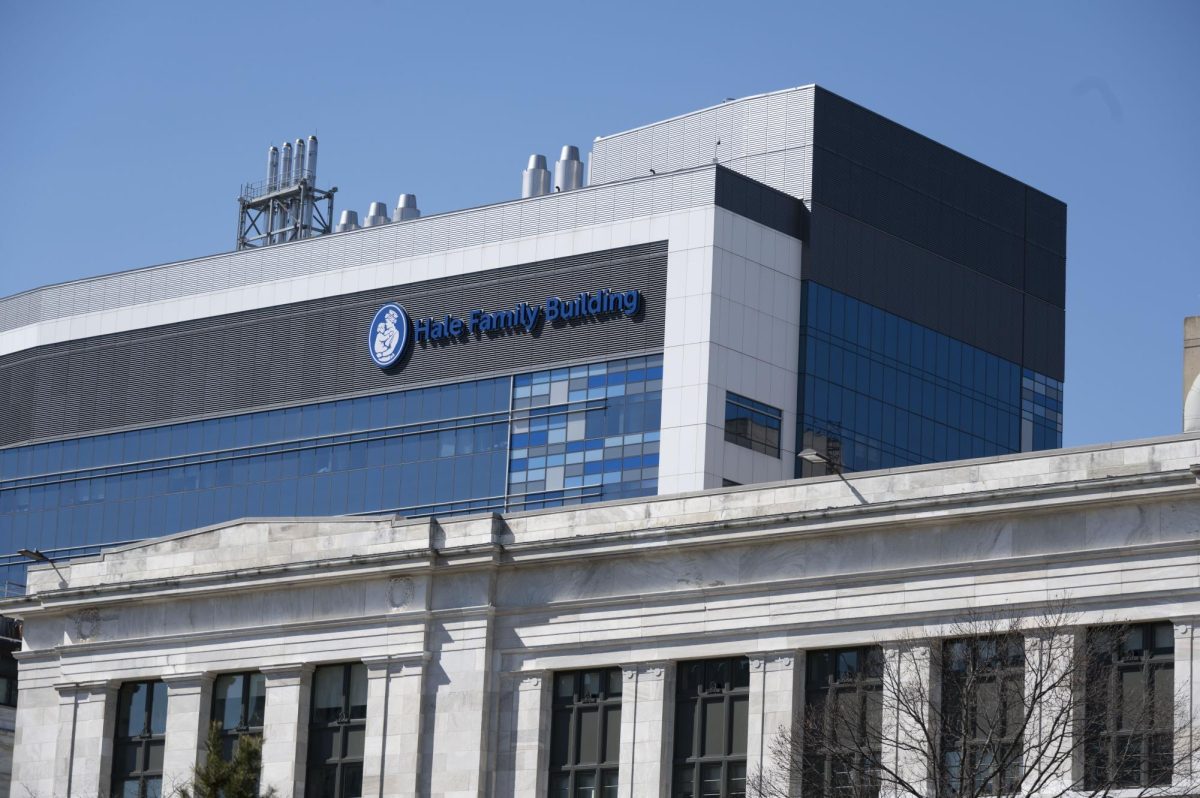By Sean Connolly, news correspondent
Although the Long Island Bridge (LIB) has been deteriorating for years, an inspection that found the bridge unsafe for travel prompted Mayor Martin J. Walsh to close it last Wednesday. Its structural deficiencies mirror those of a bridge in Minneapolis that collapsed in 2007.
The island, which issituated in the middle of the Boston Harbor, has long been a center of social programs, including a homeless shelter, a criminal reentry program, a firehouse and several other nonprofit organizations. LIB is the only method of overland travel to the island. Now, everyone who was on the island, either running various social programs or benefitting from them, has been forcefully evacuated by boat.
The bridge was known to have been in bad condition for several years. Only one vehicle was allowed on the bridge at a time, and fishermen have reported seeing debris falling off the bridge.
“This bridge should have been addressed five or six or seven years ago,” Walsh said in a statement outside City Hall on Oct. 16. “Why it wasn’t comes down to the cost of it.”
Tens of millions of dollars have already been invested into repairing the bridge, and the city budgeted $4 million for bridge repairs this year even before it was closed down. To fully replace the bridge could take up to $90 million and five years of work. In the meantime, the homeless people who stayed on the island will have to be taken in by other shelters.
“On a typical day, approximately 150 people work on Long Island, 440 people stay as guests in the homeless shelter and 250 to 300 people receive services from the various nonprofit organizations on the island,” Kate Norton, Walsh’s press secretary, said.
To provide housing for those people, city officials are coordinating with other homeless shelters in Boston. The Boston Public Health Commission (BPHC), for example, has taken over the local South End Fitness Center and Carter Auditorium for use as a temporary shelter.
“It is expected that these programs will be relocated for an extended period of time,” the BPHC said in a press release last Friday. “However, BPHC and the City of Boston are reviewing options for both short and long term solutions. Our highest priority is ensuring that people affected by the island’s closure have access to the shelter and services that they need.”
As an apology to members of the fitness center for their temporary inability to use it, the Commission is offering extensions of memberships and refunds. However, some members of the community question the lack of foresight on part of the BHPC. A group called the Friends of South End Fitness, which has fought in the past to prevent closure of the center, has been vocal concerning the issue.
“The state authorities in charge of road quality and road repair have known about it for years, so it’s hard to imagine that BPHC didn’t know about it,” Robert Simms, Ph.D., Rheumatology Section Chief at Boston University School of Medicine and leader of the Friends of South End Fitness, said. “No one begrudges the fact that the fitness center… is used as a shelter for those who have no place to go. That’s certainly appropriate. The concern with the group of folks that I represent is that the BPHC really should have had some sort of contingency plan… given that the bridge was known to be in bad shape for quite a long time.”
Northeastern students condemned BPHC for its lack of foresight.
“I think it’s bad that the government needs to force people out of the fitness center,” Scott Burdin, a freshman economics major, said. “They should have had plans in place so that they didn’t need to take over a public facility.”
Aside from the effects the seizure of the fitness center has on the local community, it has brought up issues of how the government deals with the homeless community.
“The city has a responsibility not only to those who pay taxes but to those who are disenfranchised,” Clairbel Avila, a freshman international affairs major, said. “The government has to keep in mind the effect their actions have on the homeless community.”
While restoring the bridge will allow the social programs to continue, a long-term solution remains unclear. So far, Walsh has stated that he has no plans other than to relocate the island’s social service agencies.
“It’s not an ideal place to have to live with several hundred other people in the same room with no privacy [and] limited bathroom facilities,” Simms said. “The primary concern is for those who are in this emergency situation, and the secondary issue is the use of a facility that’s not really designed for housing people and providing them with a safe, healthy environment.”
Despite challenges, Walsh is adamant that the bridge will be restored.
“I’ll fix the bridge,” he said. “We have a lot of social programs on Long Island.”
Photo courtesy Bill Ilott, Creative Commons















